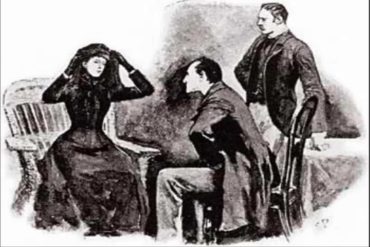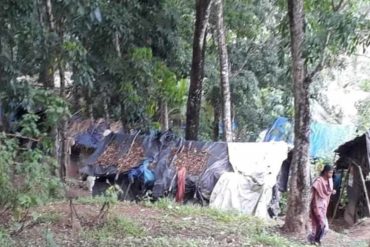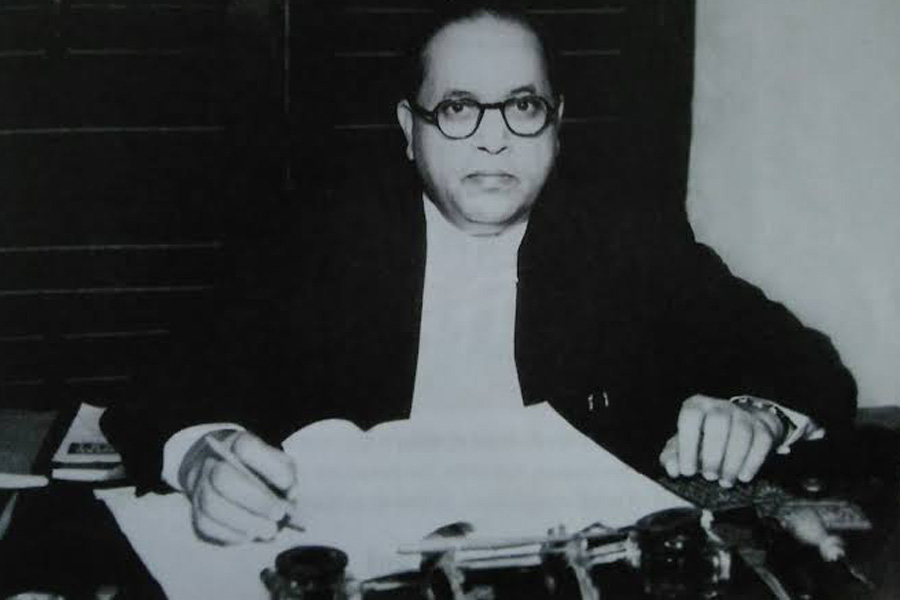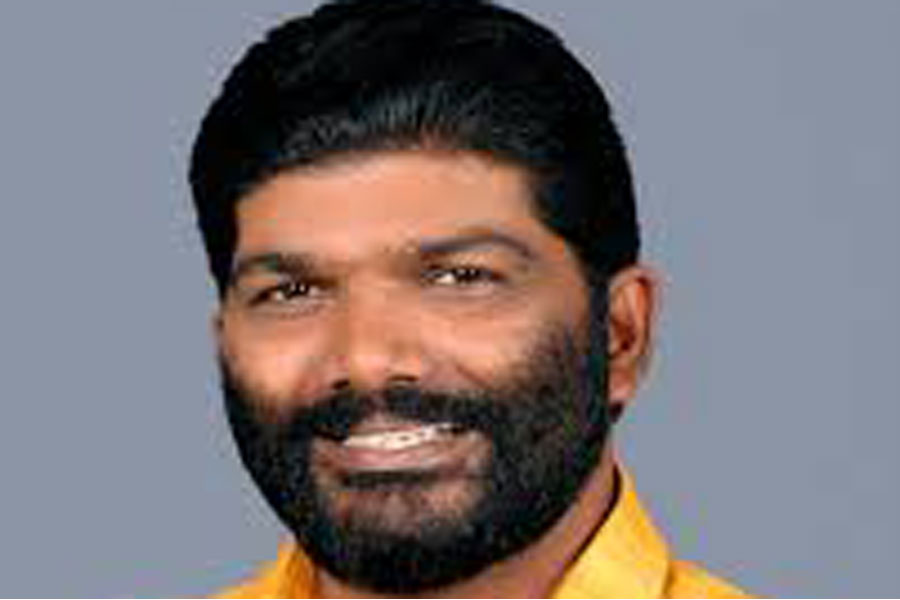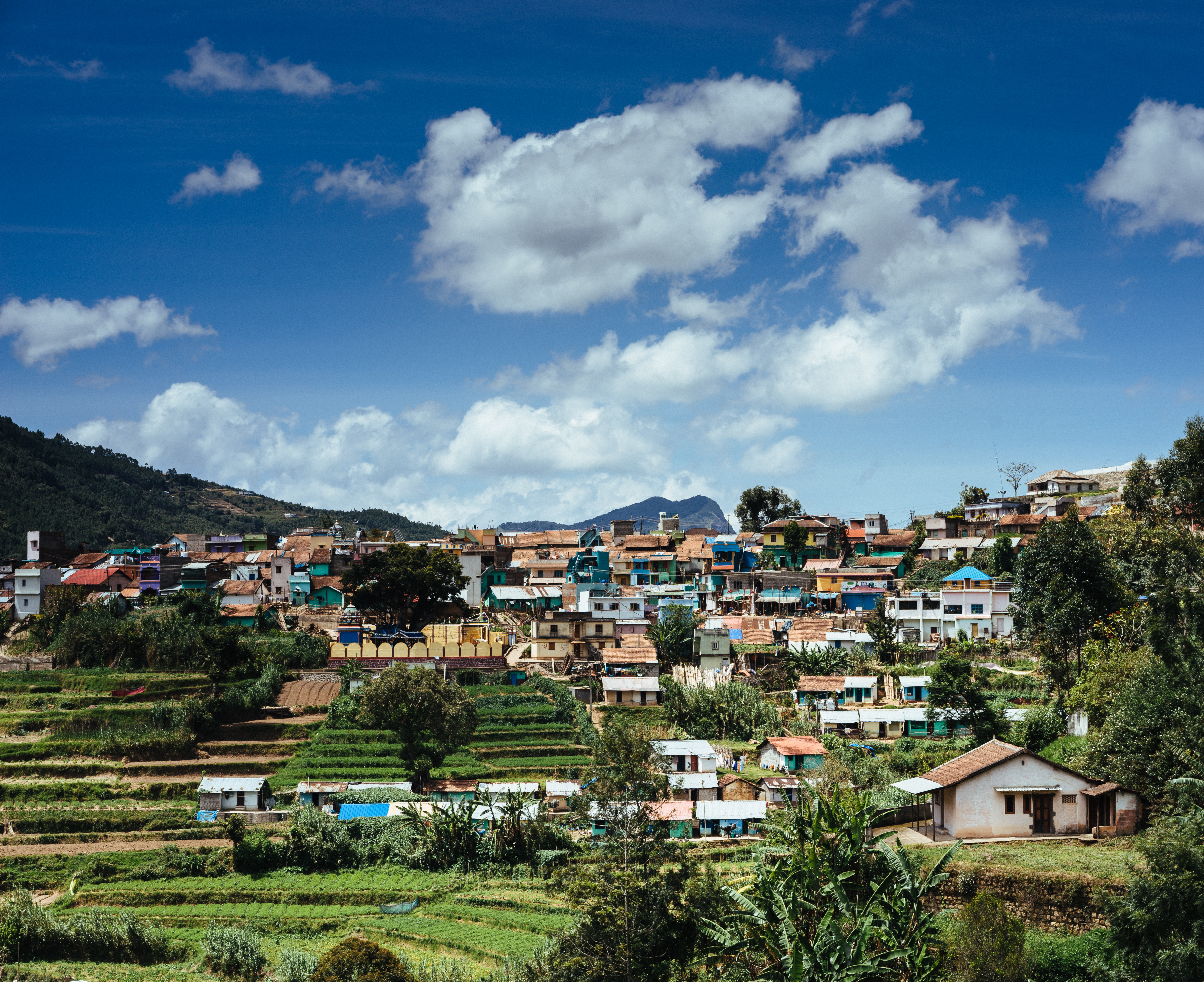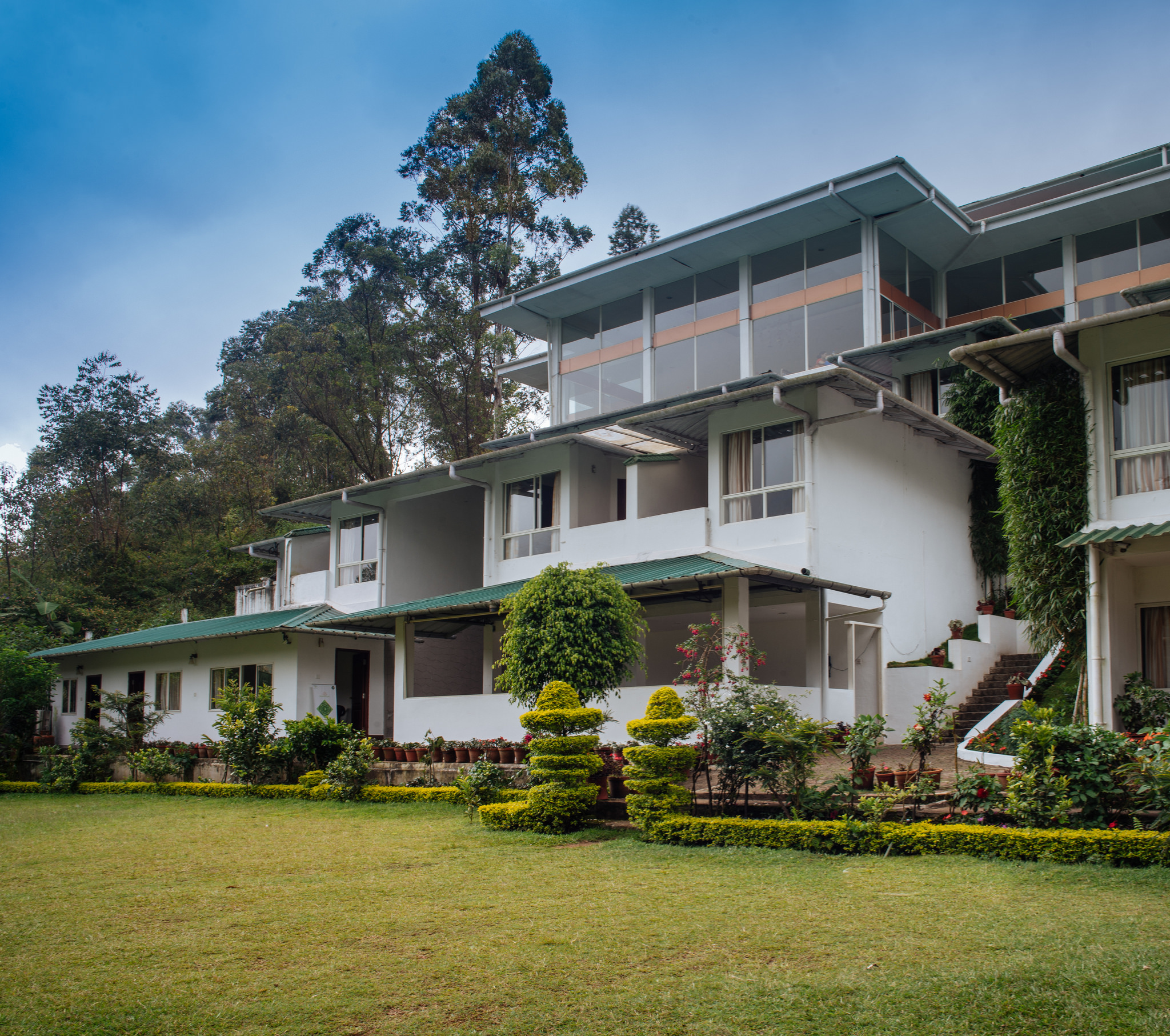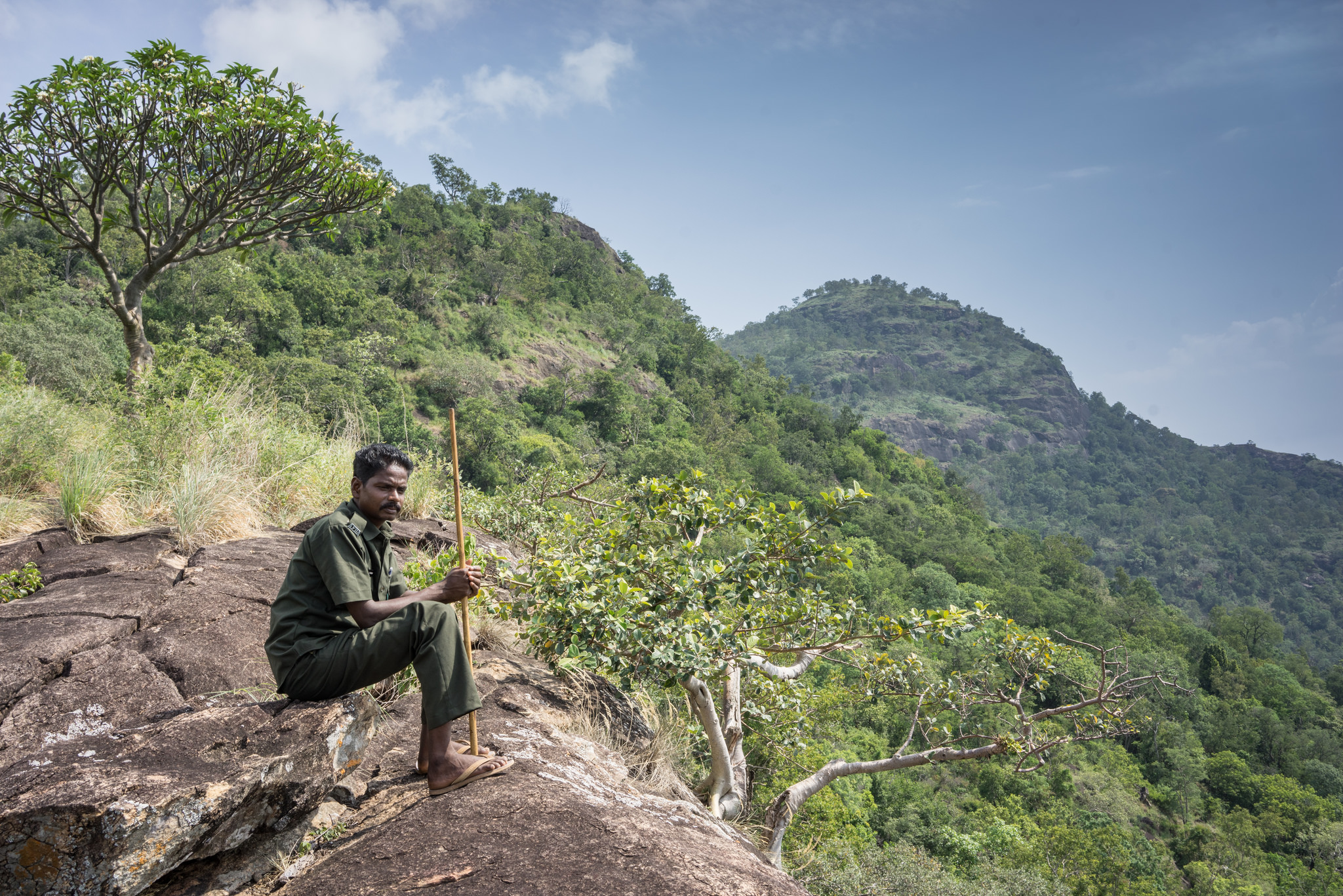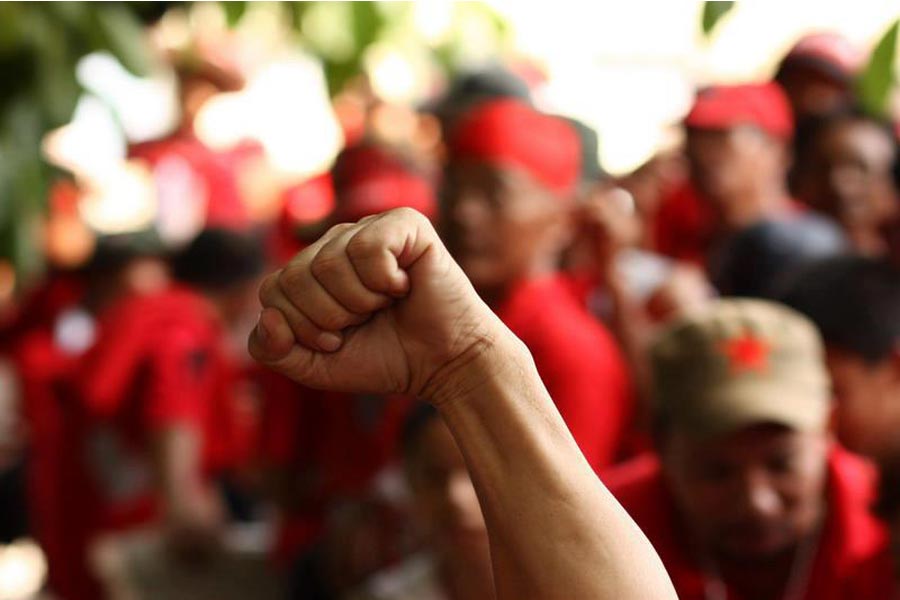In the first part of a two part series, Alistair Crighton gets deep into tea country in the Western Ghat mountains, exploring remote villages … and finding the trail of a mythical big cat. All photographs by Alistair Crighton, more on his Flickr.
“This place was once the capital,” an older local man tells me as I walk through the colourful cluster of buildings tumbling cross a hilltop in the Kerala uplands. “Munnar? It’s pretty small, no?” I reply.
“No the, summer capital .. when it got too hot in the city all the ministers would come and govern from here!”
I’ve no idea how apocryphal this tale is, but I can think of worse places to escape the hot, dirty city summers than this charming hill station.
My hotel, the T & U Leisure Hotel, serves as a perfect jumping off point for exploring the nearby town and the wider region. Perched on a hillside just 1km from town, it offers great views, a warm welcome, and some of the best food in the area.
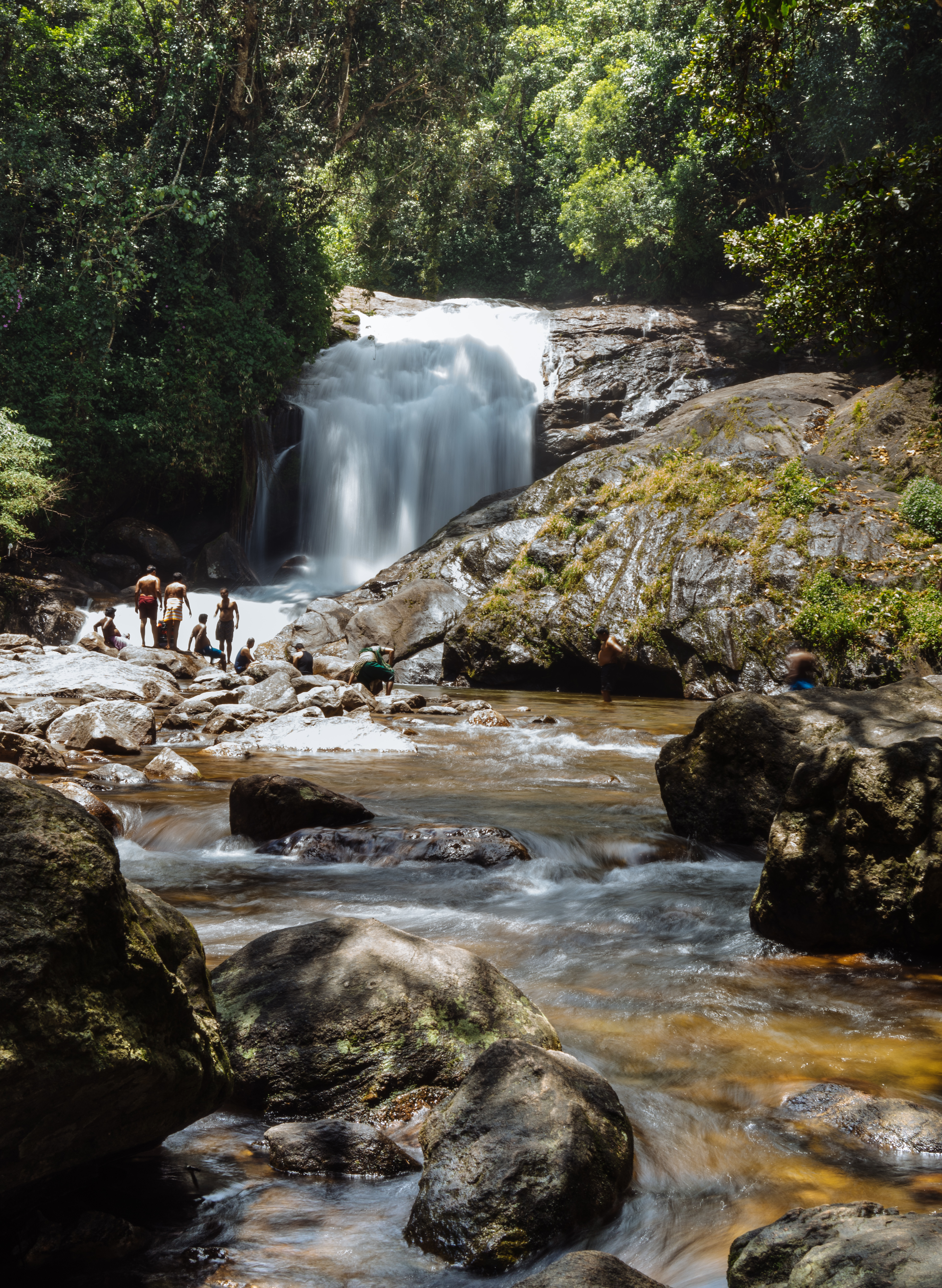
For my first foray out of town – indeed my first real foray into India proper, the hotel arranged a friendly local driver and guide, and we heading off for Top Station; a spectacular hill station just inside the neighbouring state of Tamil Nadu, about 60km away.
The route takes you through some truly spectacular countryside. This is tea country, where the plantations of impossibly green tea bushes are framed by the deep blue skies and towering mountains bisected by waterfalls. views. Coming from a summer in the Arabian Gulf, the sheer vividness of the green, the cool damp air, the scent of unhindered life, was almost too much to take on board.
Water is the key to Kerala’s economy, nourishing the plentiful crops in the hills, providing electricity and creating the flooded plains rich in fish and rice paddies. I arrived at the tail end of the monsoons, and the mountains still thundered daily as the clouds, slowly building from noon, burst in late afternoon, lashing the lands below with heavy rains.
One of the first stops along the way shows the importance of this resource to the region: the Madupetty Dam, one of the backbones of Kerala’s hydroelectric system, was completed in the 1950s, and the resulting artificial lake is a popular destination. Rich in birdlife and other nature, boating trips across the lake are popular; from late afternoon lucky visitors may even see wild elephants along the banks.
The rest of the journey takes you through ever- more spectacular scenery; even if you’ve missed the road signs counting down the kilometers, however, you’ll know you’re near Top Station when you cross the border into Tamil Nadu. The well maintained tarmac road becomes instantly pitted and potholed; the last few km take an age as the car navigates around the cracks and craters.
The journey is worthy it. A brief hike of around a kilometer takes you to the main viewpoint, and ahead of you what seems to be the whole of Tamil Nadu spreads out in front in you, a ruler-flat plain stretching to the horizon, bordered by towering mountains where eagles spiral leisurely, searching for prey on the flat ground below.
On the journey back, tea harvesting had begun in earnest as the heat of midday receded. The smell of freshly gathered tea, heady, redolent of mown grass but far stronger, and with a sharper herbaceous edge, flooded through the open windows, and teams of tea pickers interrupted the endless green mountain sides. We stopped briefly for cups of hot, sweet tea at a tiny village inhabited by plantation workers before the fast-threatening clouds forced us to press back to take in the town of Munnar itself.
Most of the major tea factories on the way will offer guided tours, explaining the history of tea production, showing how the tea is sorted and processed – and of course, offering to sell you the very best grades of tea at pretty good prices.
Tourism is quite new to Munnar and its environs; most of the hotels were put up within the last decade, and the town itself remains very much an administrative centre for the region, with produce markets, transport hubs and very little in the way of tourist tat. It also means there isn’t a great deal to do in the evening – this is a destination for leisurely walks, tough treks, and absorbing a different way of life, not for nightlife – so it was back to the hotel for dinner.
The T& U’s chefs are renowned in the area – I was lucky enough to be staying during one the regular food promotions, and I confess, my orders never strayed from the special menu – Keralan specialities. The country chicken, for example, was as good as that sounds,. Seafood, too, driven fresh, daily, from the coast was excellent, with kingfish steamed in banana leaves with a rich sauce one of the standouts. The only lunchtime I visited (a packed agenda kept me out almost all day, every day) was a testament to the hotel’s local reputation, with the restaurant full up, and mostly from non-residents.
The clientele was mostly well-heeled Mumbai families, visiting for the weekend, and a Gulf Arabs, who , like me, were keen to get some cool air and greenery after the scorching summer.
After a good night’s sleep, another very early start … but not before an excellent breakfast. Breakfast at T&U offers a very well prepared take on south Indian classics; masala dosas or omelette; idly with potato bhaji, banana fritters. More “continental” options, such as cereal, are available – I passed in favour of the spicy stuff. A great way to start the day.
The drive to Chinnar offers very different scenery. Chinnar itself – some 120 km away – is a wildlife preserve offering some seriously rugged wilderness, but the drive there takes you through a stunning mix of cultivated plantations, nationals parks and even a sandalwood forest.
Just a few kilometers out of Munnar and you’re in Eravikulam National Park, a small, newly established park that is home to the elusive Nilgiri Tahr, a rare species of mountain goat, among other animals. Watch out for monkeys – not just the ubiquitous Rhesus Macaques found throughout the subcontinent, but the beautiful Nilgiri langur, only found in the Western Ghatts, and a group of which we were lucky to spot on the edge of a tea plantation just a half hour from Munnar.
Chinnar itself offers the best option for wildlife fans, or those who appreciate a serious trek. Admission is very reasonable; most tourists seem to opt for a trek to the nearby waterful, but for wildlife spotters, the cultural trek, taking you up past the dolmens – ancient rock tombs – offer better sighting opportunities. My guide was excellent. After a fairly gentle 30 minutes ascending a basalt peak, dotted with male agamid lizards displaying by bobbing bright orange heads, we plunged into thick jungle, on the trail of India bison while they fed in the cool morning; before
The gaur, or Indian bison, is a serious beast – the world’s third biggest land animal, and quite something to stumble across by accident in a dense copse of trees. Perhaps my guide standing stock should have been a warning; still I crashed on past him and came to face to face with four primal figures from some ancient mythology. The encounter lasts just seconds; the nearest bison locks eyes with me, tiny specks of gloss within a matt black mass, then snorts, turns, and as one they thunder up the hill.
One question to my guide mystified me until return. “There’s no tigers here, “ I asked him, “but are there leopards?”
No, lions, he replied. Lions? The Asiatic lion is an exceedingly rare beast, found only in one tiny population, confined to a reserve thousands of kilometers from here. Puzzled, I left it at that, but research on my return from India suggests what he may be referring to is the so-called pogeyan cat – named after a local phrase for “The cat that comes and goes like the mist”. Said to be all-grey and somewhere between a leopard and a tiger in size, the jury is out on what it actually is, though most experts believe it is most likely to be a leopard with an unusual colour mutation. Regardless, I’ll be returning to Chinnar with some camera traps at some point in an effort to try and see this extremely elusive beast.
The way back offers some pleasant stops – if it’s hot, do what the locals do and cool off in one of the waterfalls. A quest for a cold beer takes me to the only place in town that serves stronger refreshments – seriously dark and dingy, and nigh on empty, it’s probably not worth the effort. So it’s another early night at the T&U — more excellent country chicken — and an early start for the long drive to Thekkady, which you can read about in Part II.
Alistair Crighton was a guest at T&U Leisure Resort Hotel.

